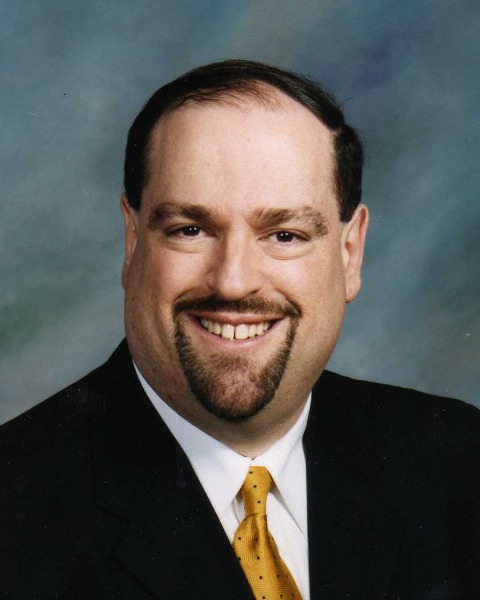Poster
Utilizing Live Course Audience Response Data to Redesign and Improve Severe Uncontrolled Asthma Virtual Programming
Tuesday, February 6, 2024
6:00 PM - 8:00 PM CST
Location: Napoleon CD

Arnold I. Meyer, Ed.D., FACEHP (he/him/his)
Senior Director of CME
Lewis Katz School of Medicine at Temple University
Primary Presenter(s)
Health Care Problem: Asthma is a global health problem that affects approximately 300 million people in all age and ethnic groups. There are an estimated 250,000 deaths each year related to or resulting from Asthma. There was a significant need to develop educational programming to improve identification of patients with sub-optimally controlled severe Asthma. Precision medicine using biologic therapies are available and developing that target specific biomarkers responsible that play a role in severe Asthma.
Educational Strategy: The Lewis Katz School of Medicine and Temple University Lung Center undertook educating physicians and health care providers on advanced and novel treatment approaches that can lead to increased quality of life, decreased symptoms burden, decreased hospitalizations, and decrease Asthma mortality. Multimodal delivery methodologies were used ranging from live CME events and live webinars, to online enduring materials to accommodate changing COVID-19 related conditions. Program planners utilized data weaned from audience response interactions and course evaluations to modify and perfect content and strategy during the adaptation to the virtual environment.
Patient-Level Outcome(s) Measured: Valuable needs assessment data weaned from results of interactive audience response were found to be essential in refocusing, defining, and enriching presentations delivered during the virtual adaptation of CME initiatives addressing severe uncontrolled Asthma. Programmatic evaluation data showed improved educational outcomes regarding meeting learning objectives and overall quality satisfaction. Most importantly, 100% of program participants indicated that their clinical performance would change based on their participation in the activity.
Educational Strategy: The Lewis Katz School of Medicine and Temple University Lung Center undertook educating physicians and health care providers on advanced and novel treatment approaches that can lead to increased quality of life, decreased symptoms burden, decreased hospitalizations, and decrease Asthma mortality. Multimodal delivery methodologies were used ranging from live CME events and live webinars, to online enduring materials to accommodate changing COVID-19 related conditions. Program planners utilized data weaned from audience response interactions and course evaluations to modify and perfect content and strategy during the adaptation to the virtual environment.
Patient-Level Outcome(s) Measured: Valuable needs assessment data weaned from results of interactive audience response were found to be essential in refocusing, defining, and enriching presentations delivered during the virtual adaptation of CME initiatives addressing severe uncontrolled Asthma. Programmatic evaluation data showed improved educational outcomes regarding meeting learning objectives and overall quality satisfaction. Most importantly, 100% of program participants indicated that their clinical performance would change based on their participation in the activity.
Learning Objectives:
- Describe the use of audience response data to improve virtual educational programming that follows live in-person CME initiatives.
- Improve program needs assessment by reexamining incorrect audience response answers from prior presentations.
- Provide faculty tangible guidance to focus content to strategically address real practice gaps.
